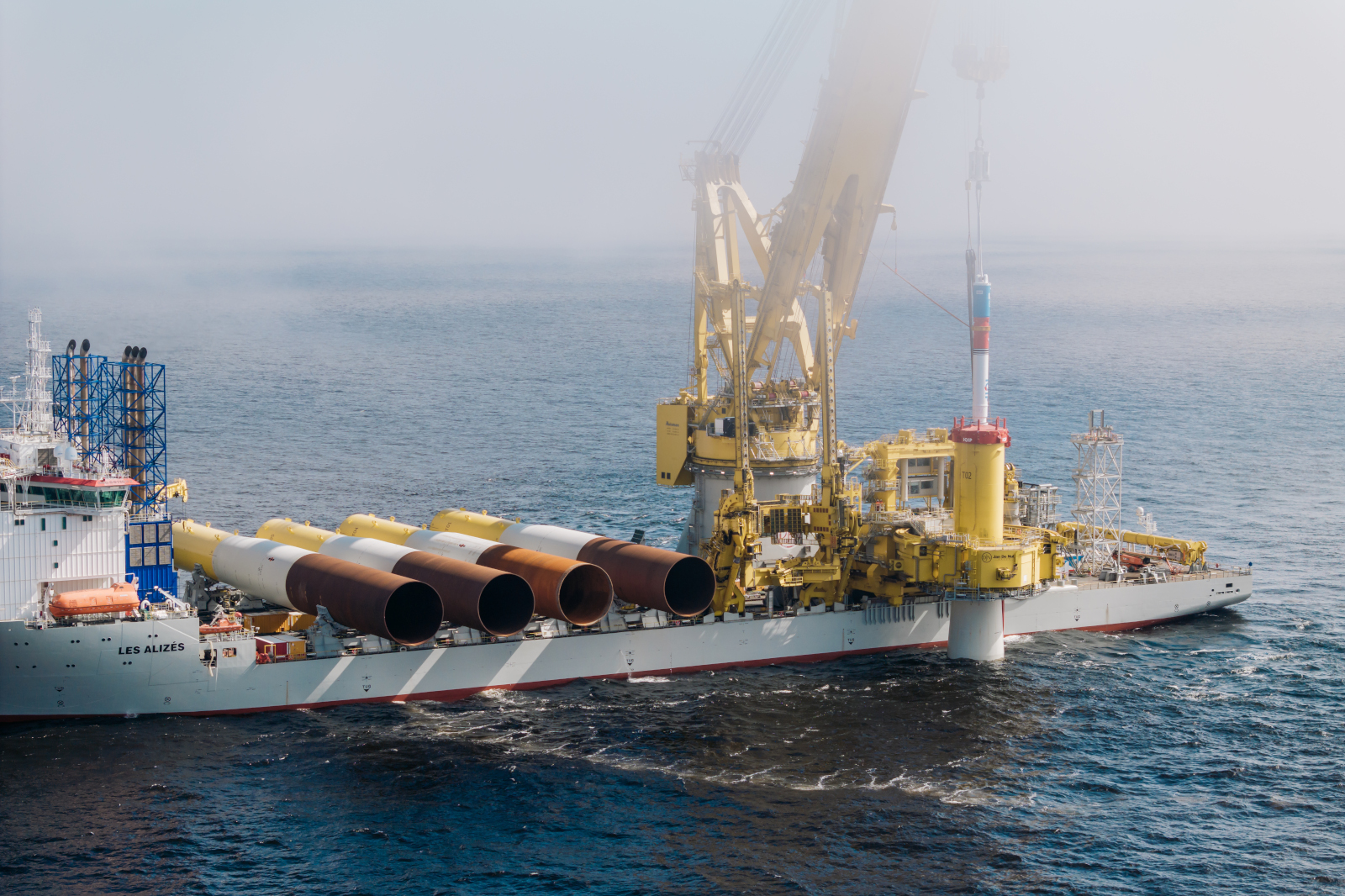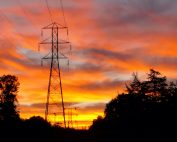The European Union has adopted an offshore wind energy development strategy. What are the biggest challenges facing this industry? Where is the place of the Baltic Sea on the offshore wind map? How does Denmark perceive this region in the context of the development of offshore energy? We are talking to Morten Petersen, Member of the European Parliament and Vice-President of the Committee on Industry, Research and Energy (ITRE).
Baltic Wind: Is the European Offshore Renewable Strategy a sufficient response to EU 2030 renewable target which will be increased within the package “fit for 55%”?
Morten Petersen, MEP: For me the European Offshore Renewable Strategy is the crucial element in achieving the EU 2030 renewable targets. I cannot see a way for us to get to where we want to get, without tapping into the huge potential of offshore renewable energy. With the European Parliament report on Offshore Renewable Strategy I will work for an ambitious response to the Commission´s proposal. Having said that , it is of course a given that the Strategy is just the starting point. Once we make sure that the Strategy aligns with our level of ambition for 2030, we need to follow up on our promises and continue pushing forward. Achieving the targets requires a constant battle to strengthen the right decisions and correct the course when needed.
BW: What place should the Baltic Sea have in the development of the European offshore wind sector?
MP: When we think of offshore wind, we tend to think of it as a North Sea business, thanks to the groundbreaking initiatives that demonstrated the feasibility of the sector. But, offshore wind is by no means limited to one sea basin. In the EU, we have several sea basins and we need to ensure that we use the potential of each and every one of them. The Baltic sea will play as much of a role as the North Sea going forward. There is already interest from the countries with access to the Baltic Sea and what we need to do is make sure that we set out the right conditions to allow the countries to deploy the much-needed offshore renewable production.
MP: What are the biggest barriers to offshore wind development in the EU? What are the best practices in EU countries that should be promoted at EU level?
BW: This is an extremely relevant question and it is my impression that the current speed of development is not fast enough. If we are to make good on our targets, we need to shift up a gear in the deployment of offshore wind. From what I gather, the barriers revolve along three main lines: Permitting, Infrastructure and Market Design.
The deployment of offshore wind projects takes years as it is and having a permitting process that adds several years on top of that is quite simply putting the targets out of reach. That is even before taking into consideration the lack of coordination on an EU level. Today developers willing to deploy offshore wind projects have to spend years going through a different, yet equally painstaking, permitting process in each of the countries where they plan on deploying a project. The need to simplify these processes is already getting dire, when you see that some of these offshore wind projects have lead-time of 8-10 years. If the processes stay as they are, it would mean that projects we start in 2 years will not be able to help us reach our 2030 goals.
Market Design also presents barriers because the current rules we have in place are not appropriate for offshore wind development. The way our energy markets will be set up in the future is different from the way they are set up now, especially when we consider the use of hybrid offshore projects. Not having the proper rules in place leads to uncertainty for private investors. Despite a strong interest in green projects and offshore wind in particular, this level of uncertainty might turn away some of the private investment that would be necessary for the ramping-up of deployment. We need to set out rules and conditions that facilitate the flow of green renewable energy in the most effective way possible.
Infrastructure is not so much of a barrier now but a potential barrier for the future. Our plans for offshore renewable energy envision huge amounts of energy flowing into the grid as well as an increasing amount of energy transmitted cross-border. That means we need to start building out the infrastructure that is able to support this flow of energy.
If we look around at EU countries, there are certain aspects in which different countries do better than others. It is imperative that we take the best practices for each individual aspect and disseminate it at the EU-level. For example, we see that some countries struggle with permitting while other countries have a more transparent and streamlined process. In general, I think that the best practices we need to promote include a certain degree of collaboration, be it cross-border or more local, amongst the stakeholders.
BW: Are hybrid, cross-border projects the future of offshore wind in the EU?
MP: I think hybrid cross-border projects are without a doubt the future of offshore wind in the EU. As we are looking at reaching out carbon neutrality in the energy sector, we need to both produce more green energy and use the energy more effectively. It is clear to me that hybrid projects will allow us to let the energy flow to where it is needed in the most effective way possible, while bringing costs down, which is beneficial for the sector as a whole. While hybrid projects might present problems regarding our current market design setups, as mentioned in the previous answer, I am confident that we will be able to find solutions that ensure we capitalize on the potential of hybrid cross-border projects.
BW: How to strengthen the development of the EU industry and the R&D sector related to the wind industry?
MP: Thanks to the brilliant minds and innovative spirit of the people working in the EU offshore wind industry, we are global leaders in offshore wind. That is no small feat, but we must not allow ourselves to be complacent. We need to put all of our efforts behind supporting the green transition and continue to create the conditions that allow for such a competitive sector. On top of that, I think that further efforts in R&D and test centers should be at the core of the EU clean energy industrial policy
BW: How does Denmark perceive the Baltic Sea from the perspective of offshore wind development?
MP: As you might have heard, Denmark released last year plans to create the world’s first energy islands, one of which will be in the Baltic Sea and will provide 2 GW of energy by 2030. This is a clear sign that for us in Denmark the Baltic Sea is seen as fertile ground for offshore wind, and we will make sure to put our support behind the development of offshore wind here. To tie this with the previous questions, I have heard that this captured the attention of countries outside the EU, in particular in South-East Asia, that would be interested in similar projects if the energy islands proved successful. If everything goes right, these projects could end up reinforcing the European companies´ leadership in the sector and a source of export for the EU.
BW: Thank you














